LOWER EXTREMITY SOLUTIONS
How do compression stockings work?
Compression stockings are designed to provide an external wall to the leg and veins, to assist with circulation and minimize swelling. Compression stockings provide graduated compression. This means that the strongest compression begins at the ankles and gradually decreases compression towards the top of the garment. Gradual compression is designed to work in conjunction with the natural pumping action of the calf muscle. It is a common fear for some that compression stockings will cut off circulation or be uncomfortable. However, when fitted and worn properly, compression stockings should be comfortable and assist with circulation, not to restrict it. As your CertiCare fitter, we will work with you in deciding what garment would best suit your needs. We require a prescription from your physician, who may diagnose you with one of the indications listed in the sections below. Some Physician’s may also request a Doppler reading; blood pressure at the ankle. Based on this information, the compression strength is usually decided. Compression garments are categorized by classes. These classes consist of compression ranges, which are measured in mmHg; millimeters of mercury, the universal form of measurement for compression garments. There are designated medical indications for each compression class, as discussed below.
Travel and Support 15-20mmHg
With minimal swelling, diabetes, long sessions of sitting or standing, or travel, a support sock may be recommended. Any lack of activity of the leg muscles slow blood circulation, which could lead to the formation of blood clots. Other risk factors include: diagnosed vein disease, blood clotting disorders, recent surgery, smoking, excess weight, high cholesterol and high blood pressure.
If you are a frequent flyer, you may have heard of a DVT (Deep Vein Thrombosis). A DVT is a blood clot in the deep veins, usually occurring in the legs. If the blood clot dislodges from the vein wall and moves through the venous system, it could potentially block a vein in the heart, brain or lungs. To help reduce your risk of a DVT, one of the few and simple precautions is to wear a compression garment. Compression garments will provide support to the vein walls, and encourage good blood flow.
Travel and support socks can be purchased OTC, when the compression class is between 15-20mmHg, however we do encourage you to discuss with your Physician if compression garments is right for you.
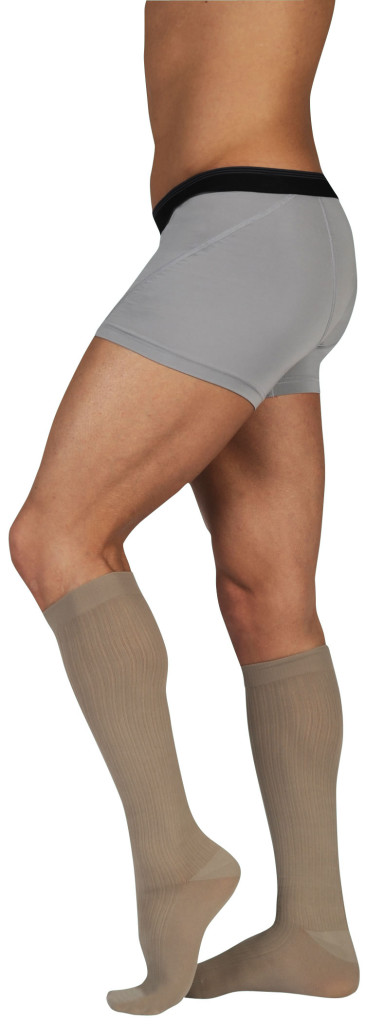
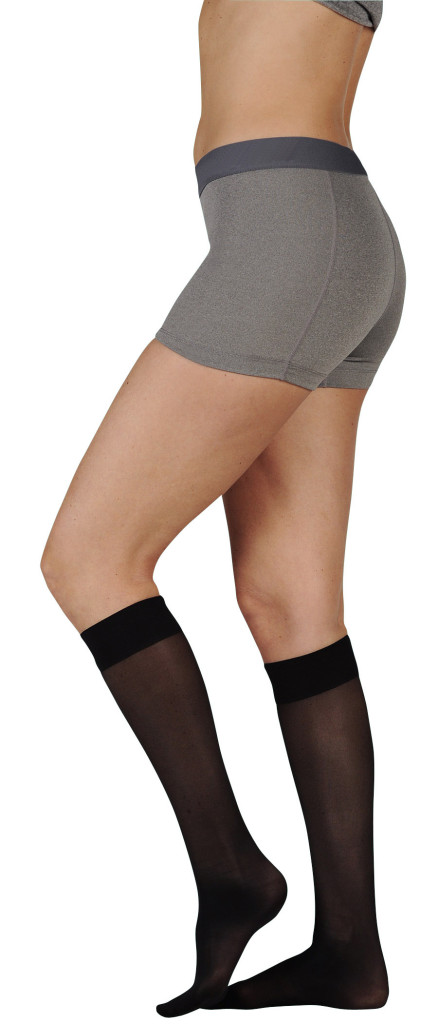
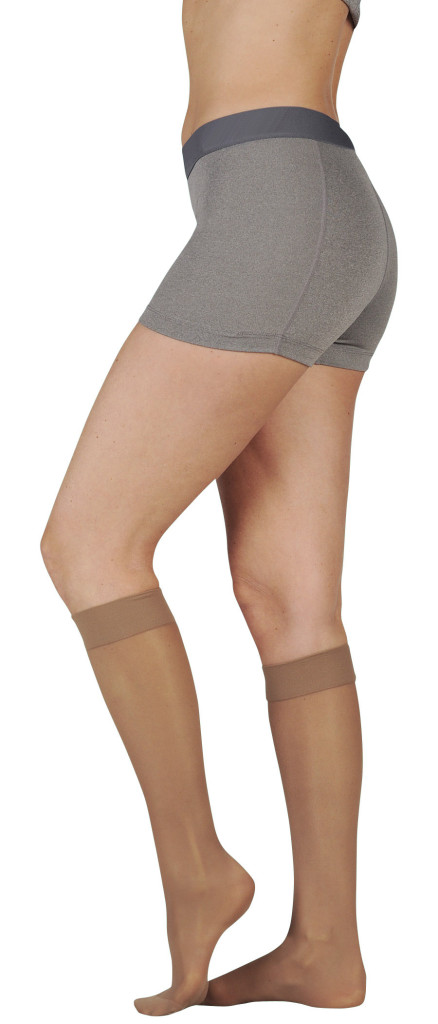
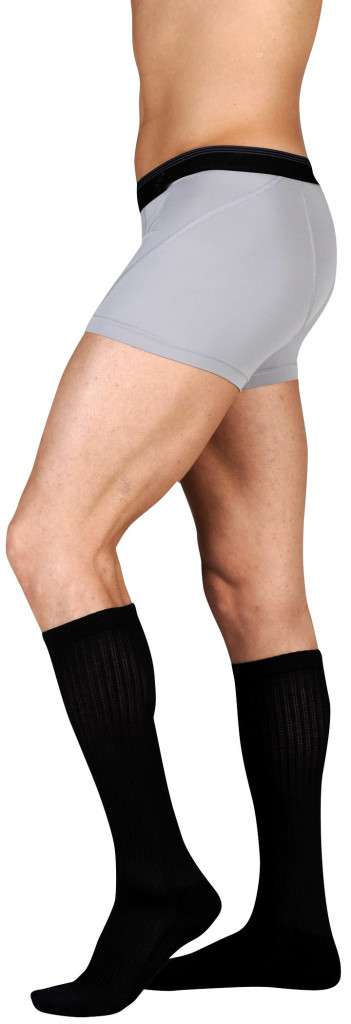
Class 1 – 20-30mmHg
Class 1 compression stockings provide 20-30mmHg (units of compression) and require a prescription from your Physician. You may require a Class 1 stocking if you meet any of the following indications:
Aching and fatigues legs, mild varicosities, mild venous insufficiency, post sclerotherapy, mild edema, history of DVT, pregnancy, burn scar management, and/or varicose veins.
To control these indications, a low density compression stocking may be worn. CertiCare offers a variety of brands and style to suit your needs and provide you with a comfortable fit. Class 1 stockings come in a variety of styles; knee high, thigh high, and pantyhose, and are available in a variety of colours. We also offer elegant, sheer stockings for woman and ribbed style stockings for men.
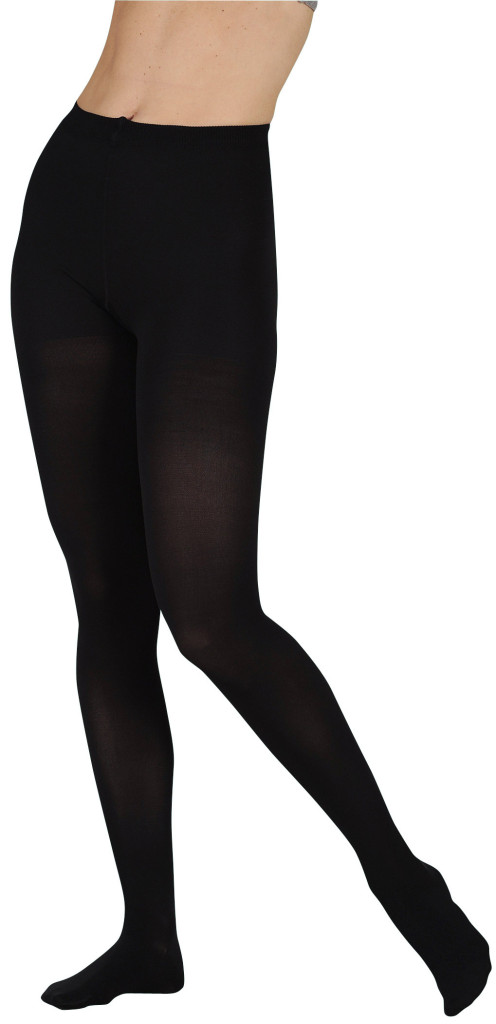
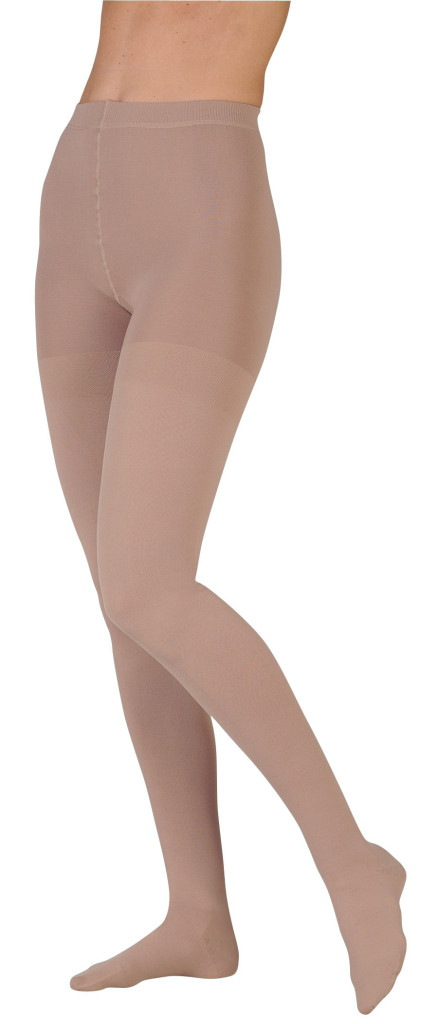
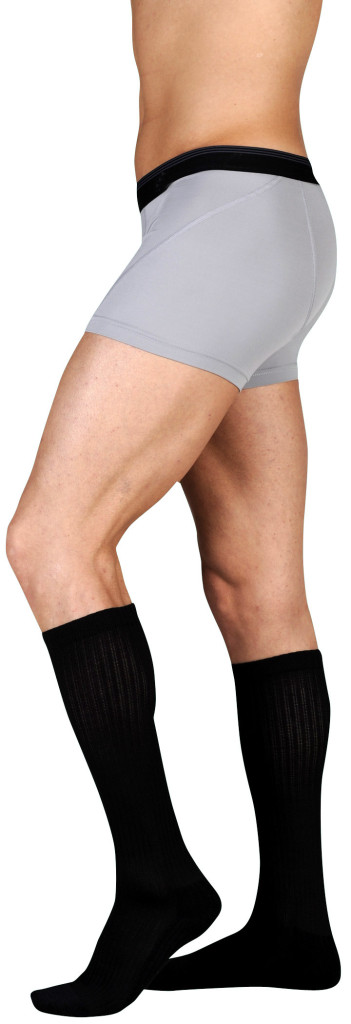
Class 2 – 30-40mmHg
Class 2 compression stockings provide 30-40mmHg (units of compression) and require a prescription from your Physician. You may require a Class 2 stocking if you meet any of the following indications:
Varicosities, moderate edema, stasis dermatitis, chronic venous insufficiency, post thrombosis, DVT/post thrombotic syndrome, post-surgical, pronounced varices during pregnancy, burn scars, mild/moderate lymphedema.
To control these indications, a higher density compression stocking may be worn and sometimes a custom made garment is necessary. Colour options are available and though more difficult to put on, with technique and donning aids, stockings can be very manageable.


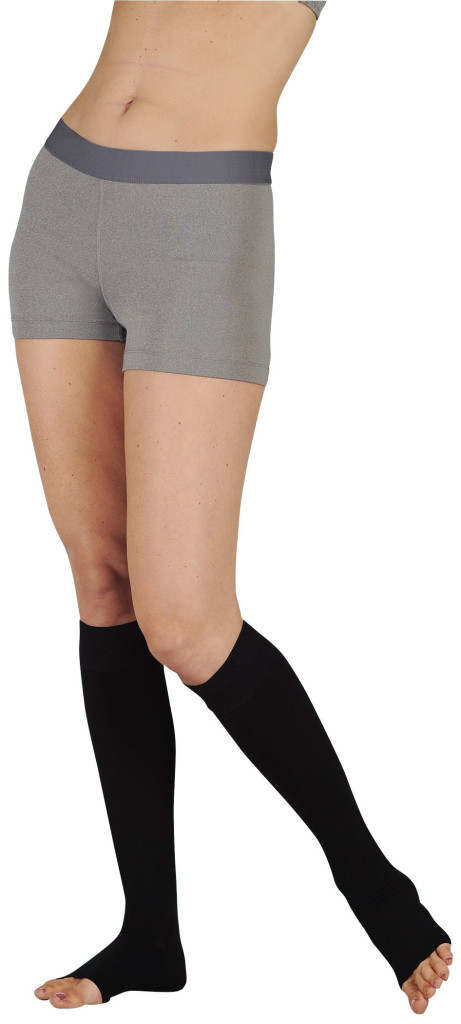
Class 3 – 40-50mmHg & Class 4 – 50-60mmHg
Class 3 and 4 compression stockings provide anywhere from 40-60mmHg (units of compression) and require a prescription from your Physician. You may require a Class 3 or 4 stocking if you meet any of the following indications: Severe edema, post thrombotic syndrome, severe lymphedema, recurrent venous ulcers, severe venous insufficiency, elephantitis.
To control these indications, the highest density of compression garments will be used to control the fluid accumulation, if it can be tolerated by the individual. Although often custom made, some prefabricated garments are available in Class 3, although colors and style options are reduced.
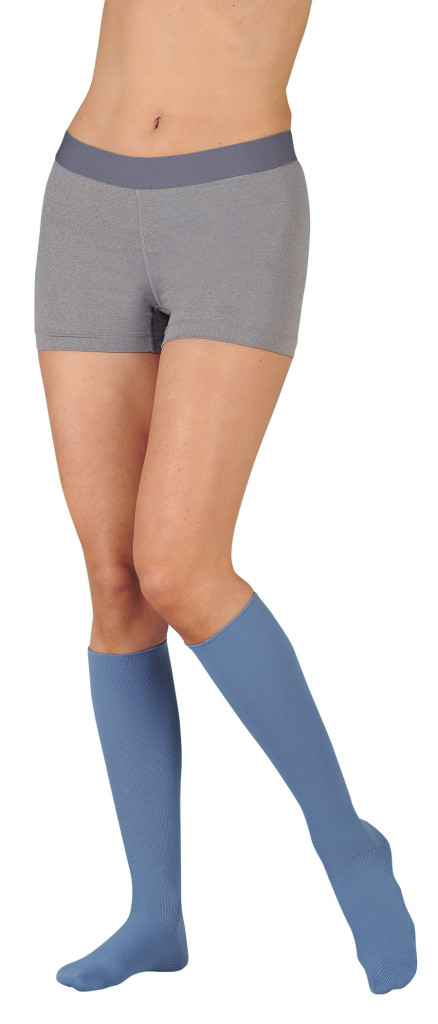
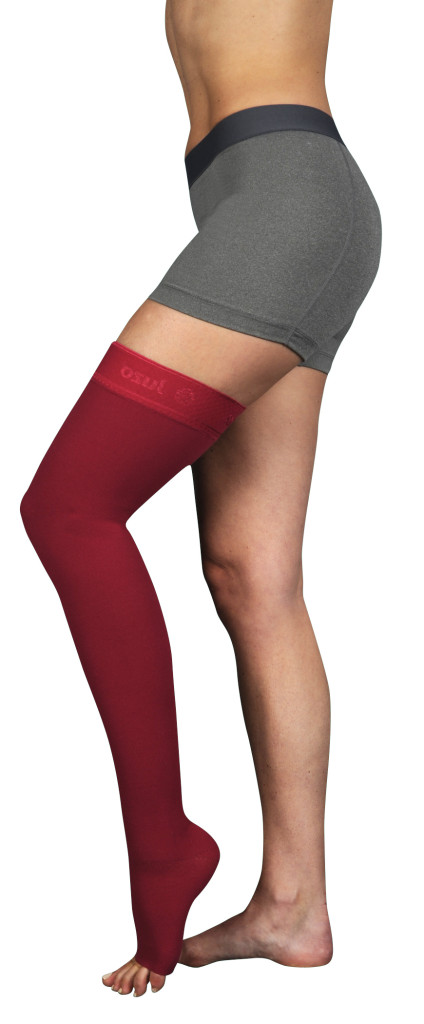
Custom Made
Custom made garments can be made for all the indications listed above and in Classes 1, 2, 3, and 4. Custom garments are often used when an individual is not fitting properly into prefabricated garments, is too small or large for prefabricated garments, for children, and/or when a high density material is required to create a firmer wall around the limb. Many options and additions are available for custom made garments, as well as colour choices. Your CertiCare fitter will suggest the material and options they feel would best suit your needs and discuss the colours available in that category.
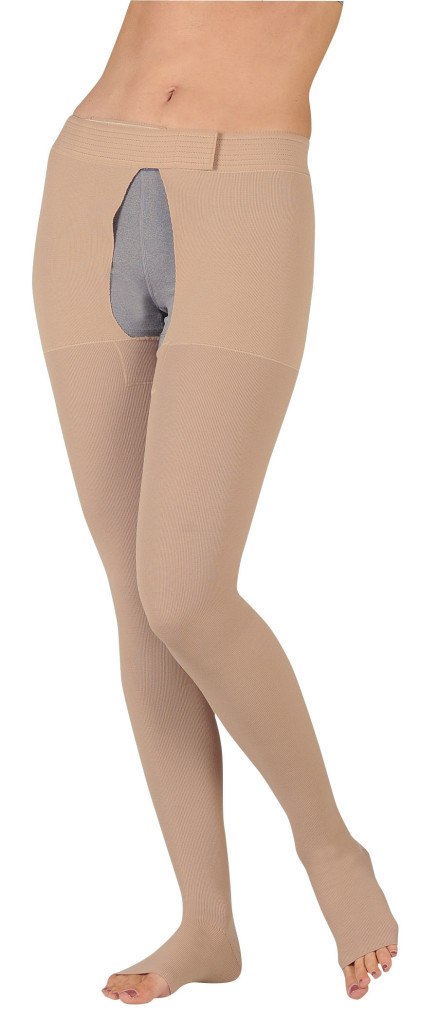

Juzo Soft Stockings | Compression Stockings | Juzo
Dynamic Stockings | Compression Stockings | Juzo
Soft Leggings | Compression Stockings | Juzo
Medical Compression (bauerfeind.ca)
Round knit compression stockings for vein therapy | medi (medicanada.ca)
Product styles | Sigvaris.com